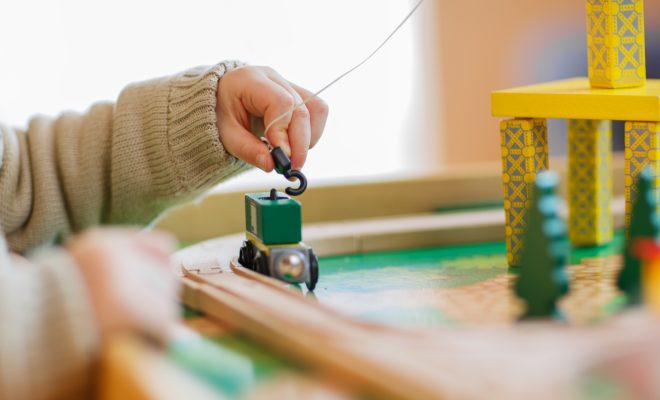
Child Development Stages
The Importance of Stage-Based Play
Play is fundamental to a child’s healthy development, and for anyone invested in a child’s well-being, it’s helpful to understand the different types of play involved at different stages. In this article we’re going to examine why play is important, the theory of stage-based play, what to expect at each stage, and how to support children along their developmental path.
Why is play important?
There are many reasons why play is so important in terms of child development, particularly during the early years:
- It promotes physical health – play can help with the development of key physical skills, both fine and gross motor, such as coordination, balance, reflexes, stamina, and agility, as well as boosting general fitness.
- It fosters cognitive development – play stimulates the neural paths that develop in a child’s brain; the more they play, the stronger and richer those neural networks become.
- It helps build social skills – as children move through the different stages of play, they gradually learn social skills such as communicating, collaborating, sharing, taking turns, and interacting with others.
- It supports emotional growth – play gives children space to explore and express their emotions; it fosters resilience, reduces stress, nurtures self-esteem, and helps them understand their own strengths and preferences.
- It encourages independence – all of the different stages of play promote independence, particularly if that play is unstructured, whether the child is on their own or with others.
- It stimulates curiosity and creativity – play is all about experimenting, exploring the world, figuring out how things work, and using your imagination; the curiosity and creativity that this fosters are key life skills.
- It improves literacy – as children learn how to play with others, they increasingly acquire and apply different literacy skills such as listening, comprehension, language acquisition, and story construction.
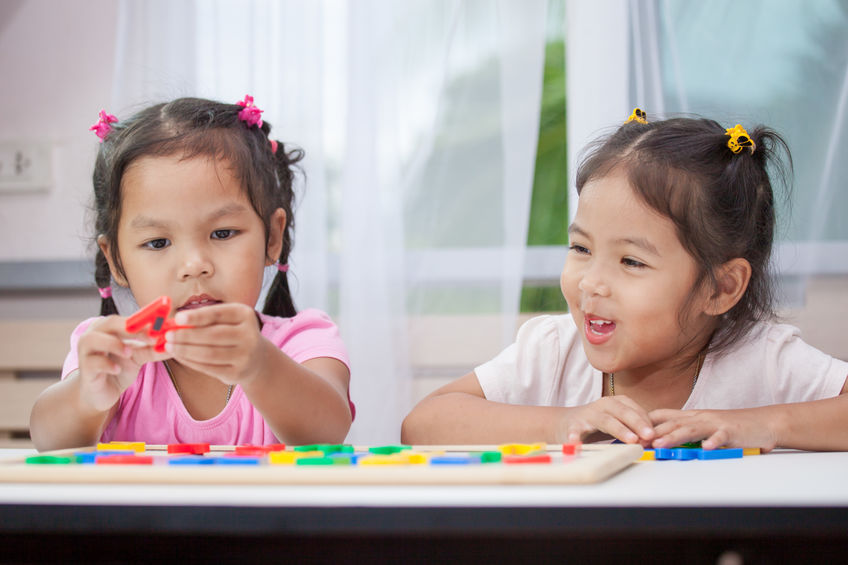
What is stage-based play?
It’s helpful to consider the different kinds of play that children engage in at different developmental stages, in order to understand what they might need in terms of support.
The most commonly adopted framework is Mildred Parten Newhall’s social stages of play theory, which identifies six stages of play progression in the first five years of a child’s life: unoccupied play, solitary play, onlooker play, parallel play, associative play, and cooperative play.
We’re going to look more closely at each of these in the next section, but first here are a few points to reflect on:
- Stage-based play progression is not always linear and doesn’t always quite match up with the suggested age bands – these are just general guidelines
- It’s good to create opportunities (and to join in sometimes) but don’t be too prescriptive or directive – the child should take the lead as much as possible
- Don’t have expectations about what you think children should be doing – there is no ‘right’ way to play and the way children play can be influenced by all kinds of factors including mood and environment
- Always give children plenty of time and freedom to play – at all stages
The different stages of play and how to support them
In order to support children through their different stages of play, it’s important to provide appropriate opportunities as well as practical resources (toys, games, materials). One of our affiliates, Lovevery, offers sets of resources specifically aimed at supporting brain development through play, providing exactly the right playthings for each stage. Each set comes with a play guide, backed by research (see links below for more details).
Stage 1: Unoccupied play (0-3 months)
This first stage lays the foundation for the next stages; it’s all about the sensory exploration of a child’s immediate environment and can be supported by providing things like high-contrast pictures, mobiles, rattles, different textures, and mirrors. Lovevery offers two play kits for this stage, reflecting the importance of play to the development of a baby’s neural pathways right from the beginning:
Stage 2: Solitary Play (3 months – 2 years)
The next stage of play involves children exploring freely on their own, engaging more meaningfully with toys and objects, beginning to develop key skills, and paving the way for playing with others. As well as the types of resources listed above, start introducing things like balls, cups, blocks, stacking/posting/threading toys, puzzles, and board books. Lovevery has multiple play kits for this stage, including:
Stage 3: Onlooker Play (2 years)
During this stage children observe others playing, often showing an active interest (eg by asking questions), but not actively participating. This can be supported simply by giving children plenty of opportunities to spend time with others, for example in a childcare setting, at a playgroup, or at the park.
Stage 4: Parallel Play (2+ years)
This stage is characterised by children playing alongside each other, with similar toys, but independently. They are still observing each other, but also starting to pick up on social cues and developing empathy. Again, this can be supported through enabling play opportunities with other children, and providing them with plenty of age-appropriate toys. Lovevery’s play kits for 2-3 year-olds include:
Stage 5: Associative Play (3-4 years)
During this stage children start to play and interact with others in a more sociable way, often using the same toys or engaging in the same activity, but not necessarily with the same goals. They are developing their communication skills, and while they may help each other and share toys, they don’t set rules or organise their play as a group. This stage is particularly notable for pretend play, so be sure to provide plenty of spaces and resources to support this, such as Lovevery’s Storyteller play kit:
Stage 6: Cooperative Play (4+ years)
This final stage involves playing in a group, working together with a common goal, with one or more of the children taking on a leadership role in organising the group. The children are learning about working together as a team and developing their communication, cooperation, negotiation, and problem-solving skills. They can be supported by providing resources for group activities, for example, materials for a large-scale art project, or sports equipment for team games.
Play holds a paramount role in fostering a child’s development. Armed with this knowledge we can empower children by allowing them to engage in the diverse forms of play that manifest at each developmental stage.


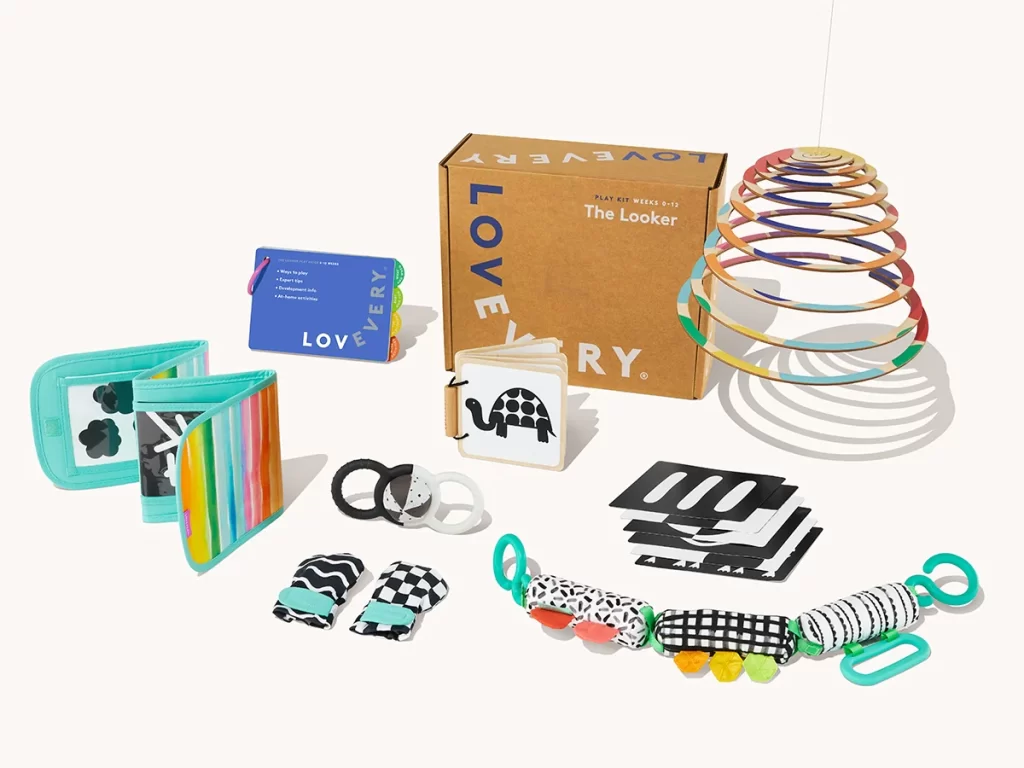
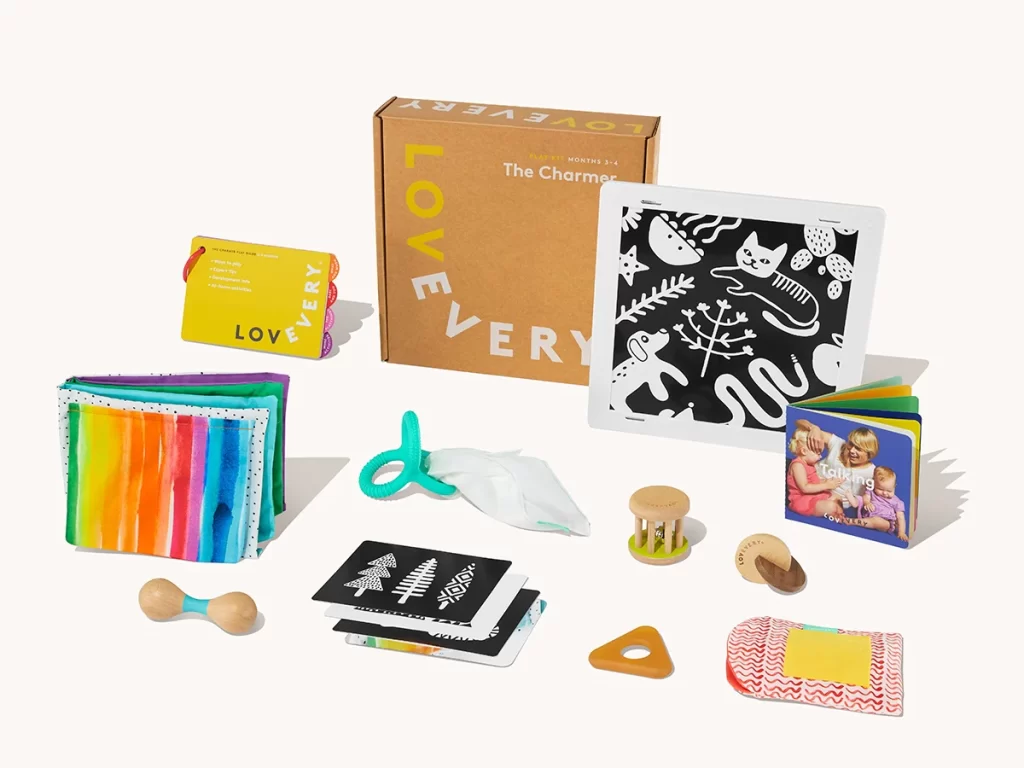
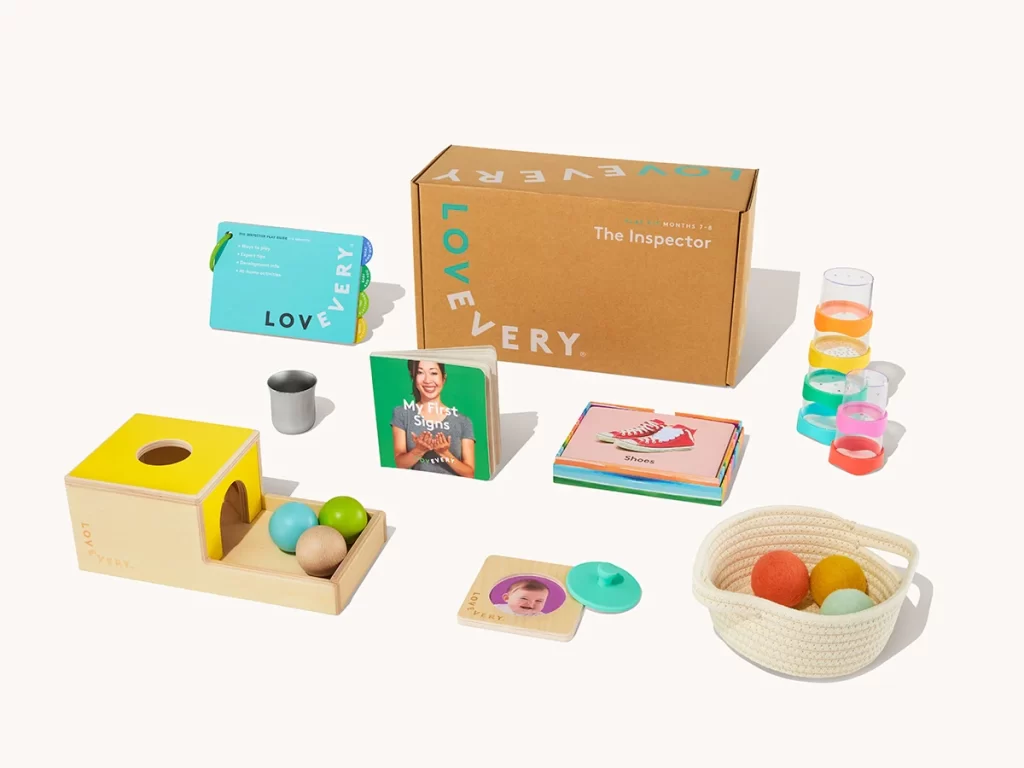
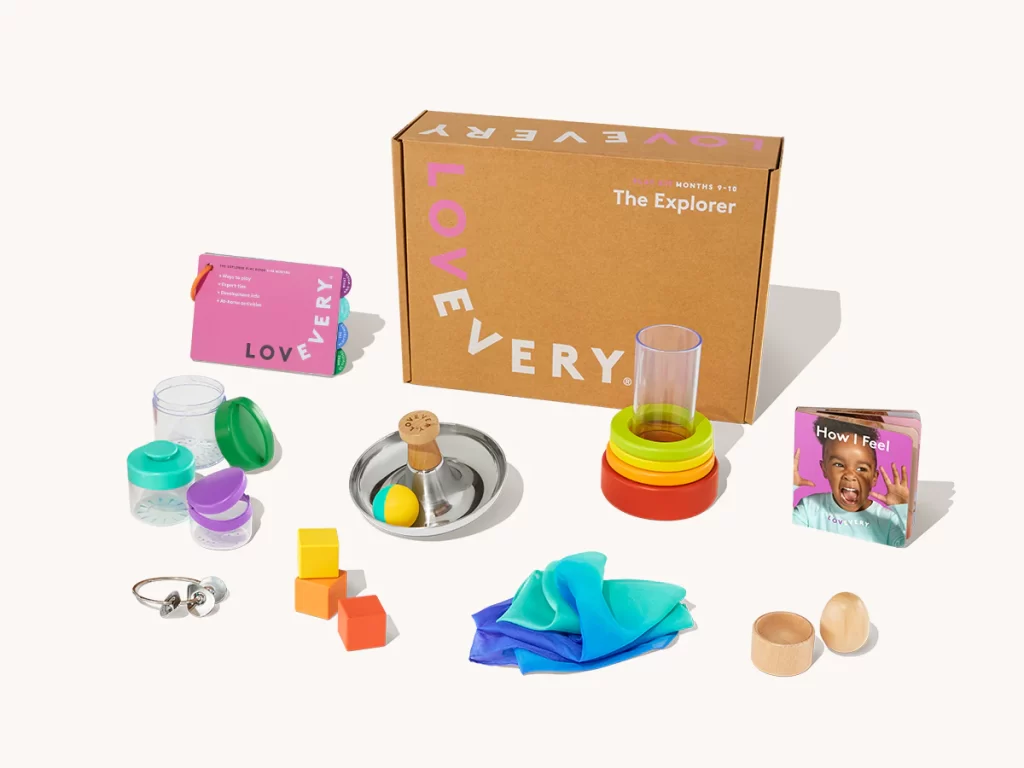
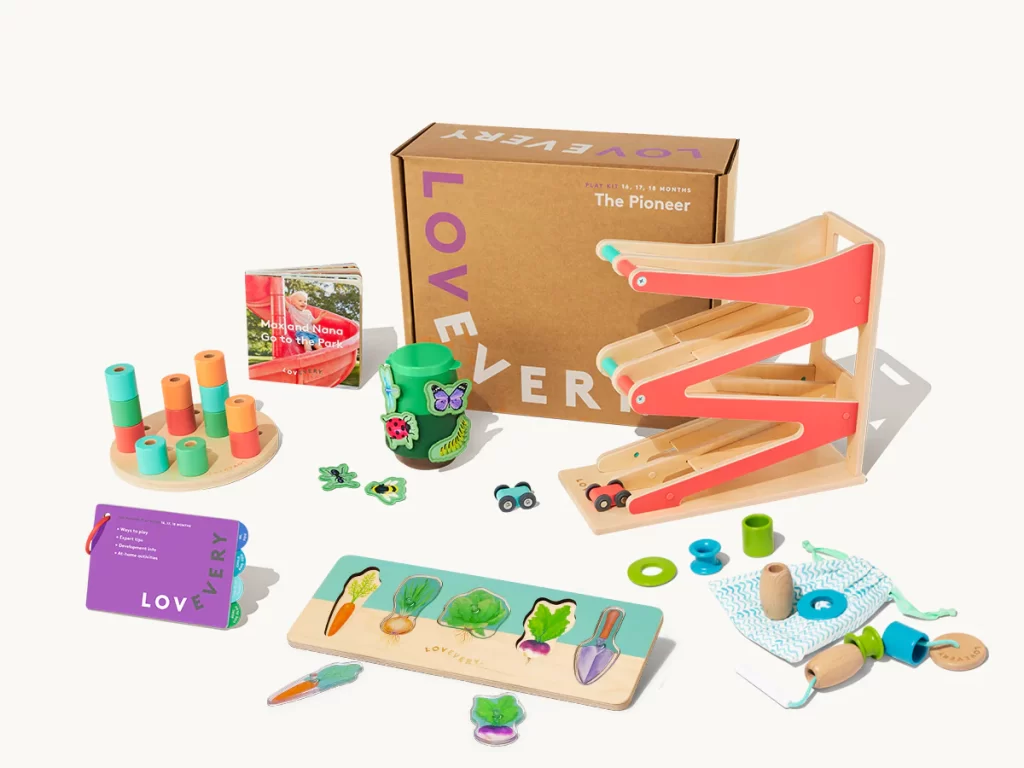
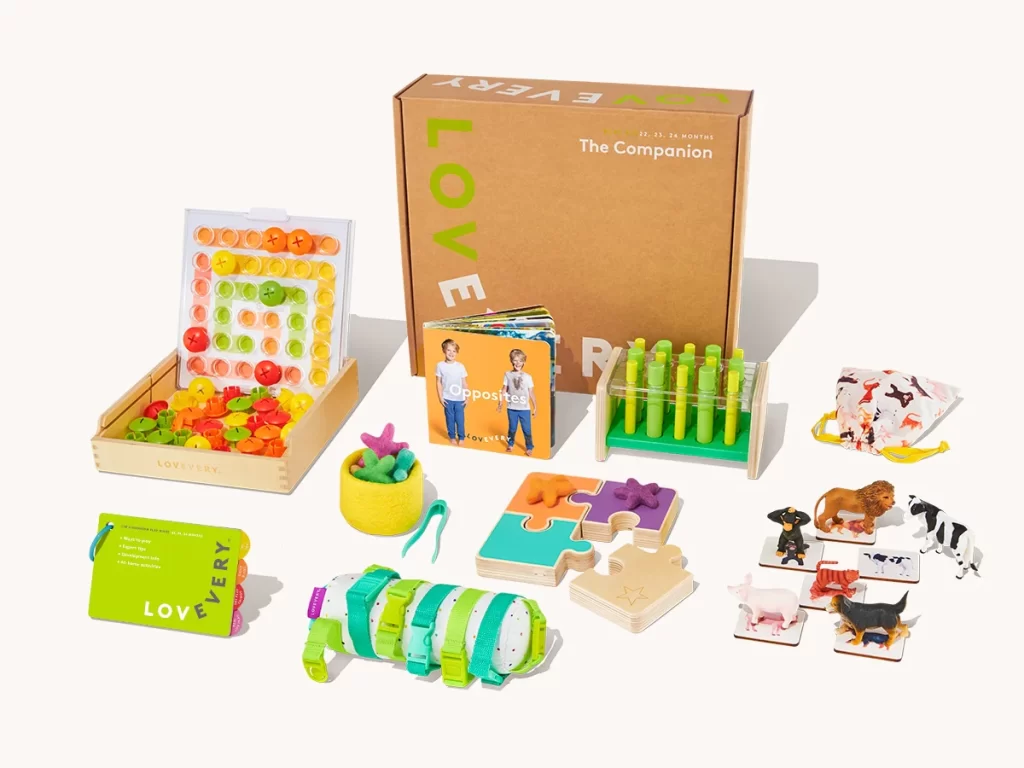
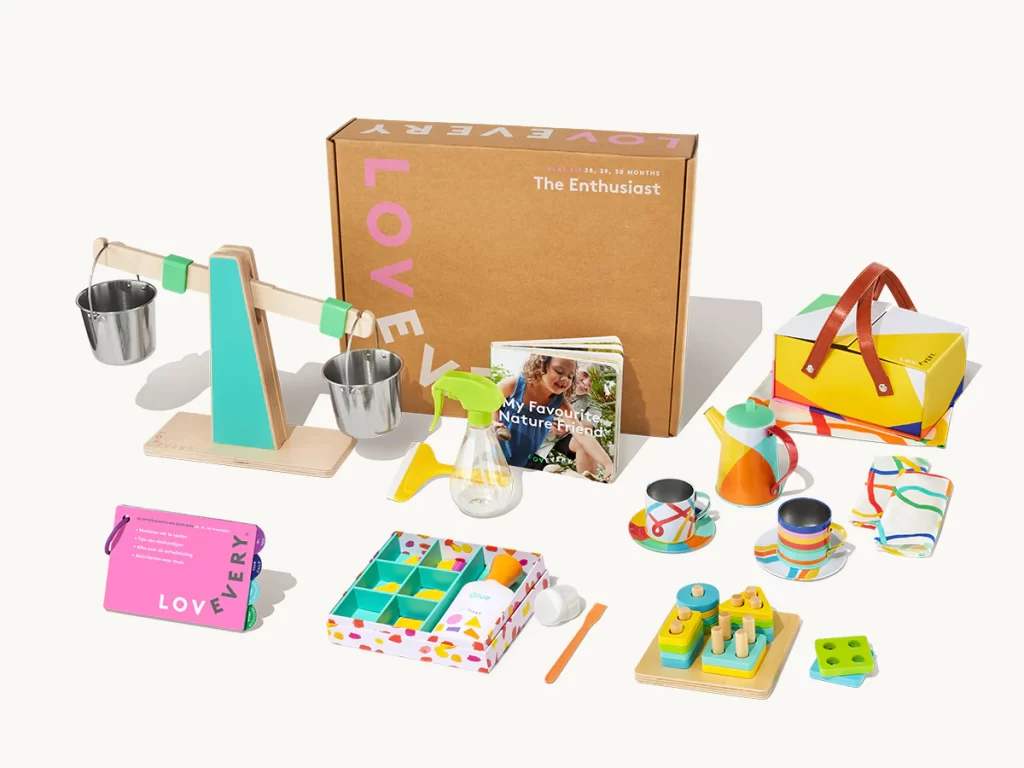
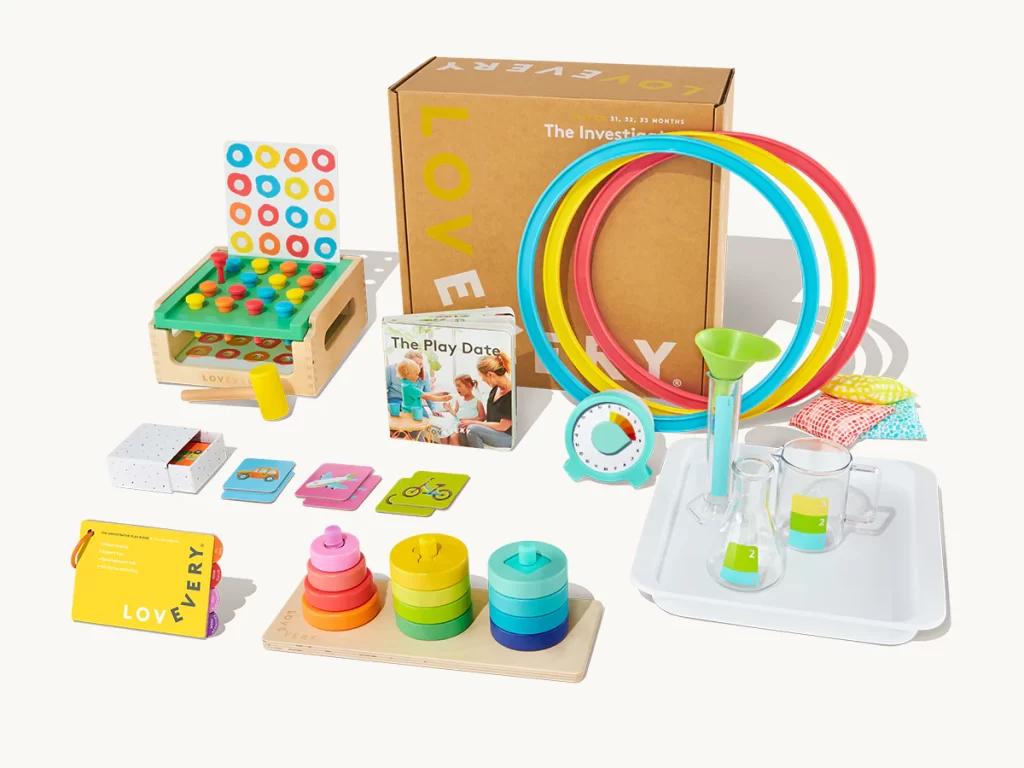
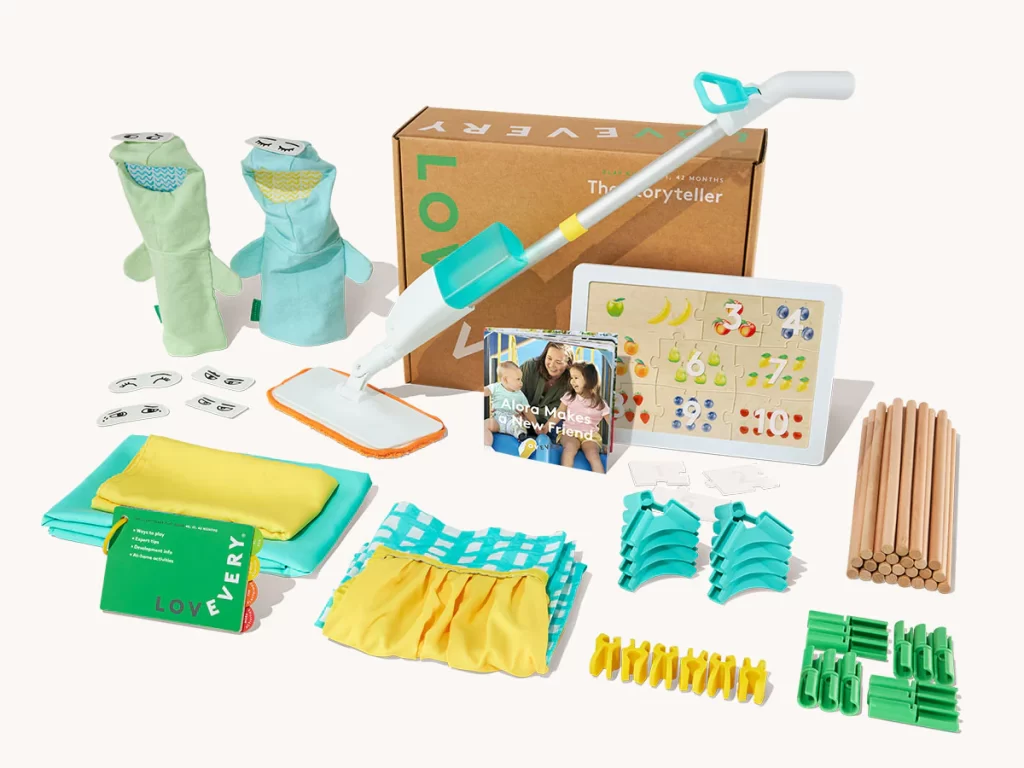

You must be logged in to post a comment Login